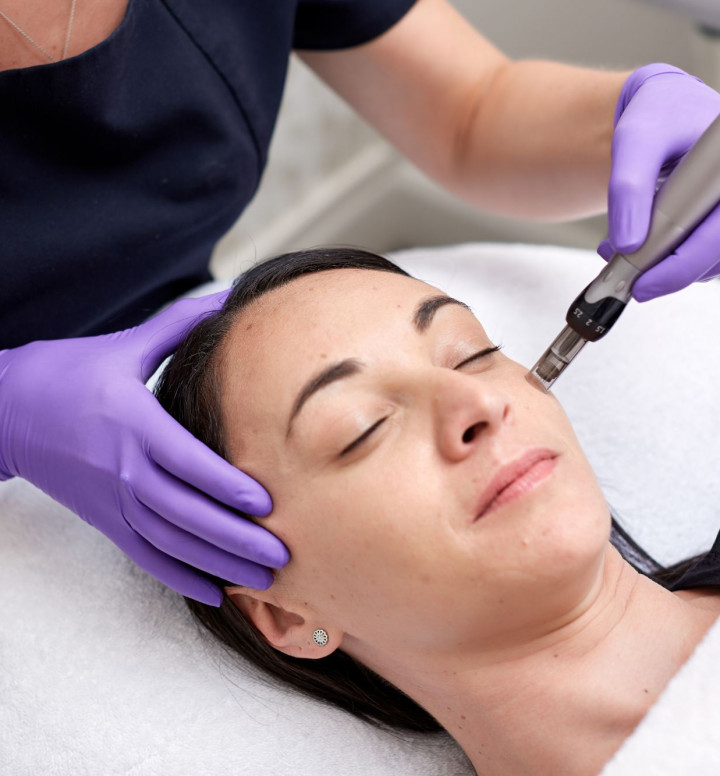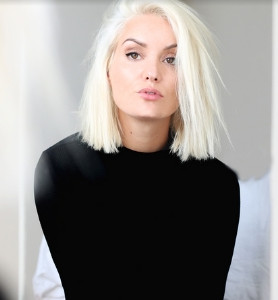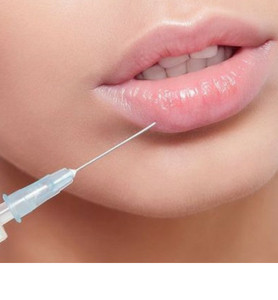The answers to every Botox question you've ever had...
We get it. You're hesitant to take that leap in cosmetic enhancement when you simply don't know what could, might, won't ever, or definitely will happen, if you got Botox. With increasing popularity especially in males, young adults, celebrities and women 35+. Botox is now one of the world’s most popular cosmetic procedures. It truly has gone mainstream and yet there are still many misconceptions out there about what it is and its different uses!
![]()
To help address some of the questions you may have and the confusing misconceptions out there, we spoke to Dr Ellen Selkon at Clinic42 to put your mind at ease.
What is Botox and how does it work?
Botox is a trade name for Botulinum Toxin, other well-known brands in NZ are Dysport and Xeomin. Botulinum toxin is a protein, formed in the laboratory through a chemical process. It prevents the release of a compound called Acetylcholine which if not present does not allow a muscle to contract.
How long does it last?
Generally, 3-4 months, but some lucky people or with repetitive use, can be up to six months.
Does it hurt?
A tiny little sting as you are injected with the minute needles, but 90% of people report none or very minimal, short lived pain.
What should I expect after treatment?
After the treatment you may have tiny red dots on your face, these disappear within 10 minutes, you can still move all your muscles as the actual onset of the botulinum toxin takes a few days and maximum effect is 2 weeks.
How often will I need top ups?
Repeat treatments should be done every 3-4 months to keep that pesky frown away!
Is it better to have a little bit often, or more but less frequently?
That is a very interesting question that we don’t fully have the answer for, but what we tend to do is a combination of these. We know that the “full” or “optimal” dose used every 3-4 months in the larger muscles e.g. the frown is best, but most people don’t want a frozen forehead or smile lines and in these areas, we tend to use lower doses more frequently.
Why have Botox regularly? And what happens if you don’t?
Absolutely nothing happens if you don’t. This is one of the most asked questions, what happens if I decide to stop – nothing! Your lines will slowly return to pre-treatment level. If you have treatment regularly, you can change your muscle memory. E.g. If you don’t frown for a year, then stop treatment, you may not
frown again as a “go to” expression.
What are the most common treatment areas?
The frown and forehead lines, downturned mouth and smile lines are the most common.
Where will I see the best results?
With some types of Botulinum e.g. Dysport, results start within 2 days, but all will reach maximum effect in 10-14 days.
When did Botox become more of a mainstream beauty treatment, and what caused the shift in thinking?
For younger people, having Botox treatment is no big deal and they are happy to discuss this with their friends and colleagues. This shift occurred about five years ago and is continuing to occur.
What is preventative Botox?
Preventative Botox is used to avoid situations such as when a daughter uses the identical expression as her mother, and her mother has a large Frown line, we can then start treating the frown area with a low dose in the daughter to prevent the frown line from forming.
What’s a lip flip?
A tiny dose of Botox used above the lip on the lip margin to evert the top lip. This works very well in younger people.
What else can Botox treat besides lines and wrinkles?
Lots of medical reasons, the most common being excessive sweating – hands, feet, arm pits, also muscle spasm of neck and in children with cerebral palsy it helps with movement and prevention of stiff limbs. Also used in bladders, anus, and neurological diseases and of course for helping migraines.
What’s the difference between the three main brands of botulism toxin?
They are very similar, Botox and Dysport have been on the market the longest, Dysport starts working the fastest and is also the most cost-effective product for the patient, but we stock all three brands.
How much is a unit of product at C42 and how much is typically required for a frown, forehead or crow’s feet?
Botox and Xeomin are $20.50 per unit and you require 20 units for a frown, Dysport is $7.50 per unit (completely different units to the others) and you require 50 to treat the frown.
You also offer treatments that include microdoses of Botox - tell us about them...
We have two other treatments that offer microdoses of Botox: one is the “barcode lip” which is a combination of a light filler and Dysport and is used to treat the lines above the lip, this is injected via a cannula; and the second is our unique “photofinish” treatment, which is a combination of an injectable hydrator and Dysport that is stamped onto the skin with a dermal gun, this treats fine lines, enlarged pours and hydration – leaving the skin glowing and smooth.
Why choose Clinic42 to get Botox?
Clinic42 is a boutique non-surgical cosmetic medicine and skin enhancement clinic run by a team of highly qualified Doctors and nurses. We pride ourselves on our expertise and how we use artistry and of course safety to deliver natural-looking results. We have 4 experienced doctors, I am the Dysport trainer for NZ (Dr Ellen Selkon) and two are NZ Xeomin trainers (Dr Joanna Romanowska and Dr Lynn Theron). All our nurses are taught by our doctors and are experienced, we have regular in-house training sessions and they are kept up to date with all the latest techniques and knowledge.
Clinic42 is located at 321 Manukau Road, Epsom. Bookings can be made on (09) 638 4242.






